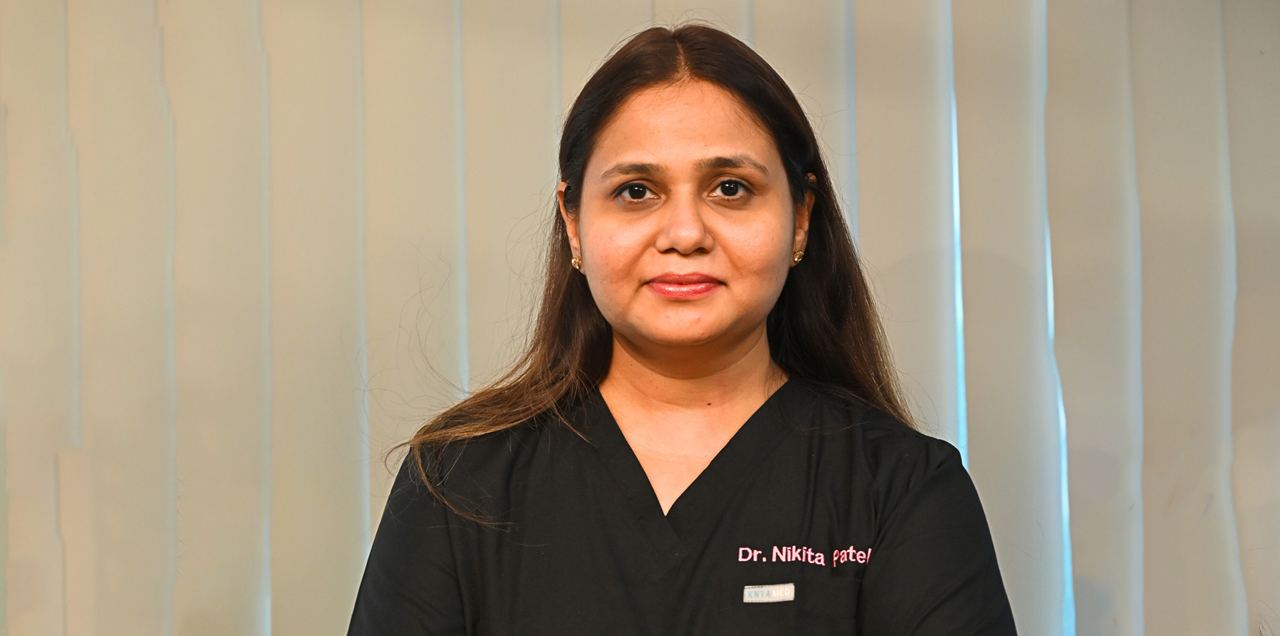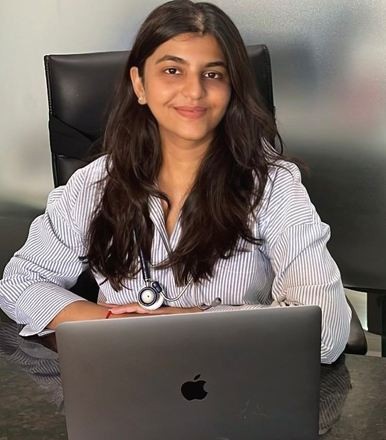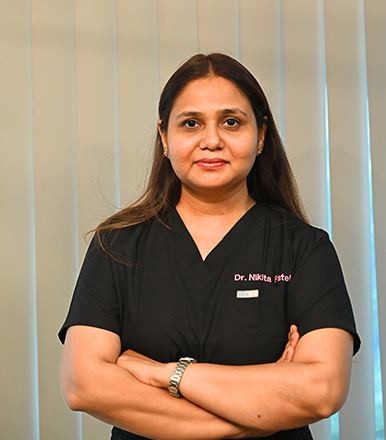What it takes to be wearing a spectacle, Only a person with the spectacle can know. The people with lower spectacle numbers would not find it very difficult to manage but those with higher spectacle numbers would definitely face. Unable to see without spectacles is one major drawback. So, the first thing a person with spectacles seeks are glasses kept right beside his/her bed. Also, wearing spectacles all the time would be rather intimidating at times due to lesser appeal or due to frequent taking care of the glasses on the face. It might restrict a person to do a lot of activities where removing spectacles becomes mandatory.
Reasons for Seeking Alternatives, While some may consider the need for alternatives to spectacles purely cosmetic, there are several reasons why individuals seek alternatives. These include reducing dependency on glasses for those with high myopia (high minus spectacle numbers exceeding -5.0 D), high hypermetropia (more plus power exceeding +5.0 D), and high astigmatism (more than + or - 4.0 D cylindrical number). In addition, certain professions like actors, air hostesses, sports persons, and army personnel require excellent vision without glasses. Let's explore some of the alternatives available.

1. Contact Lenses:
Contact lenses are thin, layered materials placed on the cornea, the front layer of the eye. They serve as temporary replacements for spectacles. Contact lenses can be worn for 8-9 hours a day and are available as daily disposable, monthly disposable, and yearly disposable options. However, it's important to note that contact lenses require daily care and maintenance. Disadvantages include dry eyes, allergic conjunctivitis, and poor contact lens hygiene, which can lead to vision-threatening complications like bacterial and amoebic corneal ulcers.
2. LASIK/PRK/Femto LASIK:
LASIK is a procedure aimed at correcting refractive errors and reducing dependency on spectacles. It involves creating a flap on the cornea using a microkeratome or femtosecond laser, followed by the delivery of an appropriate power laser beam. The flap is then repositioned. This painless procedure takes approximately 15-20 minutes for both eyes and does not require hospital admission; it can be done as a day care procedure. However, LASIK is suitable for individuals aged 18 and above with stable refractive errors for at least 6 months. A comprehensive eye check-up by an eye doctor, including tests like topography and pachymetry, will determine if the individual is a suitable candidate. The effects of LASIK are permanent.
Current FDA Approvals for LASIK:
- Myopia up to -12D
- Hyperopia up to +6D
- Astigmatism up to 7D
Femto LASIK is a variation of LASIK where the corneal flap is created using a femtosecond laser instead of a microkeratome. It offers enhanced safety and precision. The only drawback is the higher cost compared to the traditional method.

3. ICL/Phakic IOL:
Implantable Contact Lenses (ICL) or Phakic Intraocular Lenses (IOL) are options for individuals seeking vision correction. These lenses, made of soft, flexible, and biocompatible materials, can be implanted through a small incision in front of the natural crystalline lens. They provide an excellent vision correction option for patients with an active lifestyle. Unlike other methods, these procedures are reversible. ICL corrects myopia up to -23.0 D, surpassing the correction range of LASIK, which corrects up to -12.0 D. Furthermore, unlike other methods, ICL does not involve permanent removal of corneal tissue.
4. Trifocal/Multifocal Intraocular Lens after Cataract Surgery:
Patients who undergo cataract surgery often have monofocal IOLs implanted, which allow clear vision for distant objects. However, they may still require glasses for near and intermediate objects. An alternative option is the implantation of trifocal or multifocal intraocular lenses (IOLs). With these lenses, patients no longer need glasses for distant, intermediate, and near vision after surgery on both eyes.

It is crucial to screen patients based on their age, profession, and eye anatomical parameters to determine the most suitable procedure for them.
By providing comprehensive information on these alternatives, individuals can make informed decisions about their vision correction options beyond traditional spectacles.
Check out Hello Fitness Magazine. There is never a wrong time to go on a fitness quest. Contact us and allow us to assist you in leading a better lifestyle. Follow us on Instagram. We share the best Health & Fitness related Articles for information based on healthy eating, health and fitness recommendations, health problems and their solutions, human body fitness, and much more.











